The fact that it happened in the first place, was bad enough.
That it happened in the United States, a market Formula 1 had been trying to crack ever since the world championship was incepted back in 1950 made it doubly so.
But for it to happen at Indianapolis of all places was nuclear.
This is Indianapolis, a place of history, of traditions, of iconic moments, where legends were made, milk drunk and a place that cherishes winners but above all, doesn't care who wins as long as it is a good race.
And then the 2005 United States Grand Prix happened.
F1 had just begun to put roots down in the United States after jumping from Detroit to Dallas to Phoenix to Watkins Glen to Las Vegas in the 1980s in a forlorn attempt to establish itself against the might of NASCAR, firmly in its Dale Earnhardt Sr era, and what is today IndyCar.
It first rocked up to The Brickyard in 2000 and steadily grew over the next half-decade, before the series' image was shredded and only now is the damage starting to be repaired.
Viewed by others:
What actually happened?
That the 2005 US Grand Prix was a six-car race is well-known, with the 14 Michelin runners peeling into the pit-lane at the end of the formation lap as the French manufacturer could not declare its tyres safe.
It was a story of failures at every level, stubbornness and left F1 a damaged product.
Toyota reserve driver Ricardo Zonta crashed at Turn 13's banking - Turn 1 of the oval - on Friday morning, but it was not deemed a major problem, although Ralf Schumacher's later that day did send Michelin alarm bells ringing.
Checks on some of the other Michelin runners had revealed others with vertical cuts in the sidewalls of the tyres, with Michelin at a loss as to the root cause.
After checks back at base in France, a wave in the sidewall of the tyre was being created, with the frequency of it matching the vertical load created through the banking. It was enough to rip the tyre from the inside out.
Realising it had a serious problem and could not guarantee the safety of its product, moves were made to try and change the circuit itself to insert a chicane at Turn 13 to allow the Michelin runners to compete safely.
However, FIA race director Charlie Whiting threatened to de-homologate the circuit if it was changed to add a chicane as the FIA stuck firmly to the rules with its message to Michelin basically being "you didn't bring the right equipment, so tough."
Ferrari and Bridgestone was in no mood to help out with the Scuderia still smarting over the decision to ban tyre changes in qualifying and the race, with one set of tyres required to last both.
Last-ditch talks followed, with Red Bull's David Coulthard even pleaded to be allowed to race on the formation lap, but the Toyota, Renault, McLaren, Red Bull, Williams, BAR and Sauber drivers all peeled off at the end of the formation lap.
This left the Ferrari, Jordan and Midland teams for a six car grand prix.
What caused it and what happened?
Following NASCAR's Brickyard 400 in 2004, the oval had been re-paved with it also being diamond-grinded, a technique designed to make the ride smoother, increase grip and aid water drainage.
It would also mean higher tyre degradation, with Turn 13 also being a 9 degree banked corner. F1, at the time, did not feature a banked corner to that extent.
It was a perfect storm with winner Michael Schumacher and team-mate Rubens Barrichello looking rather sheepish on the podium as third-place finisher Tiago Montiero took his only career-podium.
Post-race, Michelin and its teams were hauled in front of the World Motor Sport Council, but no action was taken, with Indiana law also playing a part.
In the knowledge that the tyres were unsafe, teams and drivers were at risk of criminal negligence had they raced, and something happened. It was a risk they simply couldn't take.
Michelin would later offer discounted and free tickets to other races as a mea culpa, but it would leave F1 after the 2006 season, never to return since.
F1 itself left IMS at the end of 2007, its reputation in the US in tatters, as no grand prix was held in the country until 2012.
The first-purpose built F1 track in Austin finally allowed F1 to put those roots down in 2012, with the series booming ever since, with three grands prix now in the US.
Also interesting:
Join Ian Parkes, Samuel Coop and Nick Golding in the latest episode of the RacingNews365 podcast, looking ahead to this weekend's Spanish Grand Prix.
The trio discuss how significant this weekend is in the title fight, whether Red Bull's advantage will return and if Andrea Kimi Antonelli will now make his F1 debut at just 17 years old. Much, much more is also discussed!
Rather watch then listen to our podcast? Click here.
Don't miss out on any of the Formula 1 action thanks to this handy 2026 F1 calendar that can be easily loaded into your smartphone or PC.
Download the calenderMost read
In this article
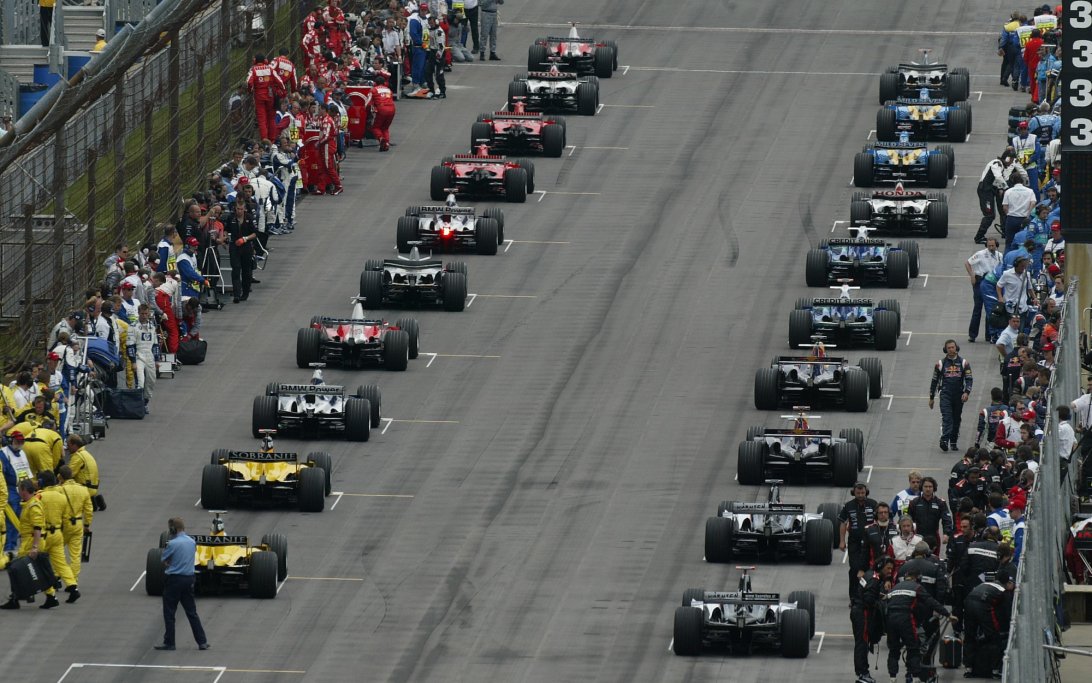
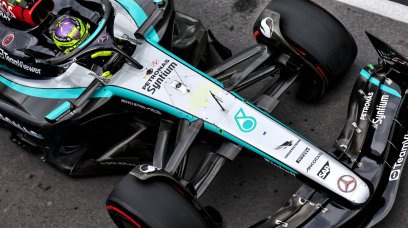
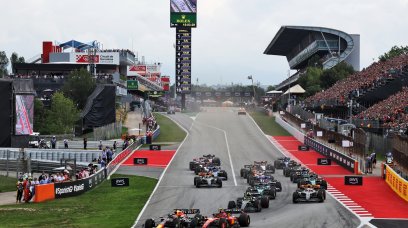
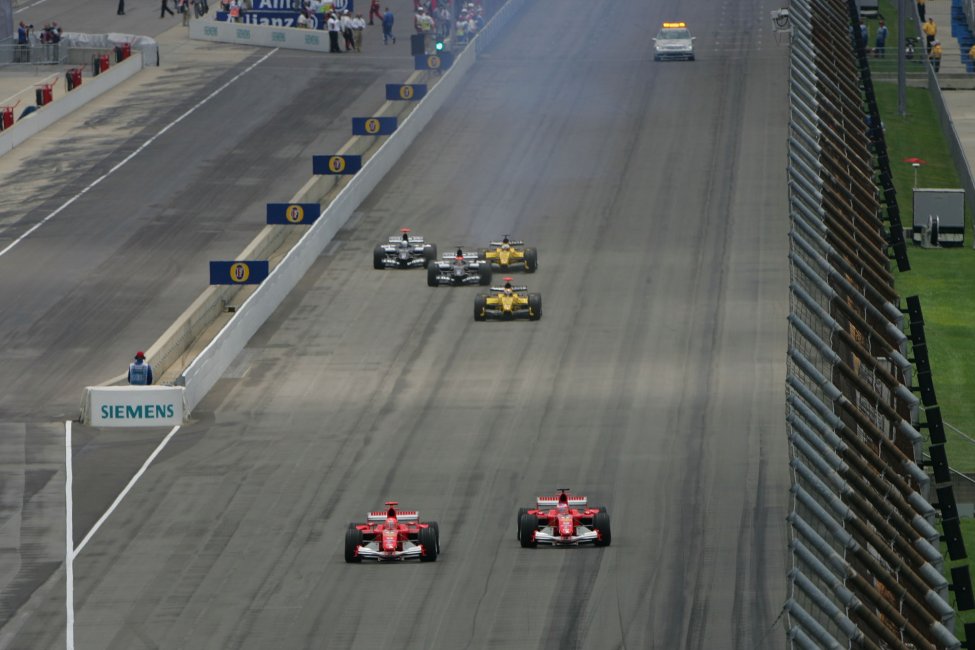


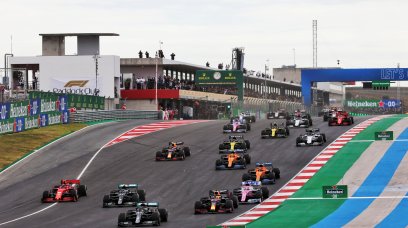

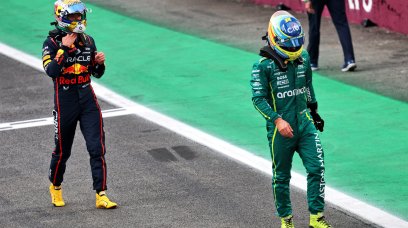

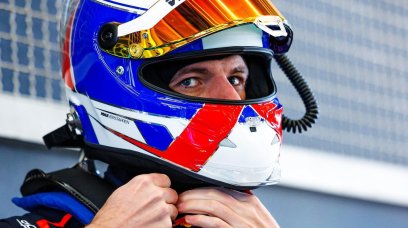


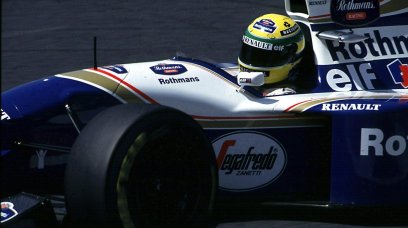

Join the conversation!